Innovations in Rock Breaking: Beyond Explosives
For centuries, the conventional method of rock breaking involved the use of explosives, with all its associated risks and environmental concerns. However, in recent years, the industry has witnessed remarkable advancements in non-explosive rock-breaking techniques. These innovative methods offer safer, more precise, and sustainable alternatives to traditional blasting. In this blog, we will explore some of the cutting-edge approaches that are transforming the field of rock breaking, revolutionizing industries such as mining, construction, and infrastructure development.
Advancements in Non-Explosive Rock Breaking
The field of non-explosive rock breaking has witnessed significant advancements in recent years, with a range of innovative techniques revolutionizing the industry. These methods offer precise and controlled rock fragmentation while minimizing the associated risks, vibrations, and environmental impact. In this section, we explore some of the latest innovations in non-explosive rock breaking, including electric impulse technology, pneumatic fracturing, diamond wire cutting, and sonic wave technology. These cutting-edge approaches are reshaping the way rocks are broken, enhancing efficiency, safety, and environmental consciousness in various applications, from mining and quarrying to delicate excavations near infrastructure. Let’s delve into the details of these groundbreaking techniques and their unique benefits.
Expanding Grout
Expanding grout to break rock begins by drilling a series of closely spaced holes into the targeted structure. These holes are then filled with a slurry of expanding grout mixed with water. As the water is absorbed into the grout, a chemical reaction is triggered, causing the material to expand gradually over a period of several hours or days. The expanding force exerted by the grout generates pressure within the holes, eventually resulting in the fracturing of the rock or concrete.
One of the significant advantages of expanding grout is its ability to provide a controlled and predictable breaking force. Unlike explosives, which can be challenging to calibrate precisely, expanding grout allows for a more precise application of force, minimizing the risk of collateral damage. This makes it a particularly attractive option for applications in densely populated areas, historical sites, or environments with strict safety regulations.
High-Pressure Water Jetting
High-pressure water jetting, also known as hydrodemolition or water blasting, is a technique that utilizes a powerful jet of water to break rock. By directing a concentrated stream of water at high pressures onto the surface of the rock, the force of the water erodes and fractures the rock, enabling controlled demolition or excavation. High-pressure water jetting is highly versatile and can be adjusted to suit various rock types and strengths. It is particularly effective in sensitive environments where vibrations and noise must be minimized, such as urban areas or near existing structures. This technique also has the advantage of being environmentally friendly, as it does not involve the use of chemicals or generate harmful byproducts.
Electric Impulse Technology
Electric impulse technology utilizes electrical energy to break rocks. This method involves the insertion of electrodes into pre-drilled holes in the rock. The electrodes deliver a high-voltage electric pulse, creating thermal and mechanical stress within the rock, causing it to crack and fracture. Electric impulse technology offers several advantages, including precise control over the energy delivered, minimal vibrations, and reduced noise levels. It is a suitable technique for projects that require precision, such as underground mining operations or delicate excavations near infrastructure. Additionally, electric impulse technology has the potential for automation and remote operation, enhancing worker safety and efficiency.
Pneumatic Fracturing
Pneumatic fracturing, also known as air decking, utilizes the force of compressed air to break rocks. This method involves drilling a series of closely spaced holes in the rock and then injecting high-pressure air into the holes. The sudden release of pressurized air generates stress within the rock, causing it to fracture and break apart. Pneumatic fracturing is a versatile technique that can be adjusted to achieve the desired fragmentation size. It is particularly useful in applications where controlled rock fragmentation is required, such as tunneling or quarrying. This method is relatively silent and does not produce vibrations, making it ideal for urban areas or projects with strict environmental regulations.
Diamond Wire Cutting
Diamond wire cutting is a precise and efficient method of rock breaking that utilizes a continuous loop of diamond-embedded wire. The wire is threaded through a series of pulleys and guided along the desired cutting path. As the wire is pulled under tension, the diamonds embedded in it gradually wear away the rock, resulting in controlled and precise cutting or separation. Diamond wire cutting is commonly used in the mining and quarrying industries, as well as in the dismantling of large concrete structures. It offers several advantages, including the ability to cut through hard and abrasive materials, reduced noise levels, and minimal environmental impact.
Sonic Wave Technology
Another innovative approach is the use of sonic wave technology. Sonic waves, generated by specialized equipment, are directed towards the rock, creating stress and vibration that lead to controlled fractures. This method offers precision and flexibility, as the frequency and intensity of the waves can be adjusted based on the rock’s characteristics and desired outcome.
Advantages of Non-Explosive Rock Breaking
In addition to these advanced methods, ongoing research is focused on developing environmentally friendly rock-breaking solutions. Utilizing sustainable materials, such as bio-based agents or non-toxic chemical formulations, shows promise in reducing the environmental impact of rock breaking operations. Integrating renewable energy sources, like solar or hydraulic power, into rock-breaking equipment also contributes to sustainability efforts.
The adoption of non-explosive rock-breaking techniques brings numerous benefits to the industry. First and foremost, worker safety is significantly enhanced, as these methods eliminate the risks associated with handling and detonating explosives. Additionally, by minimizing vibrations and noise levels, non-explosive methods ensure the preservation of nearby structures, ecosystems, and sensitive geological features. Moreover, these techniques improve operational efficiency, allowing for more precise control over rock fragmentation, which enhances downstream processes such as transportation and processing.


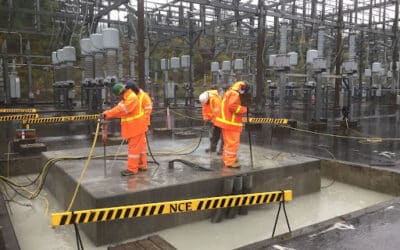
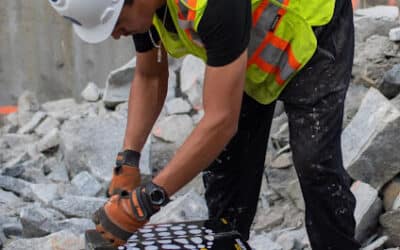
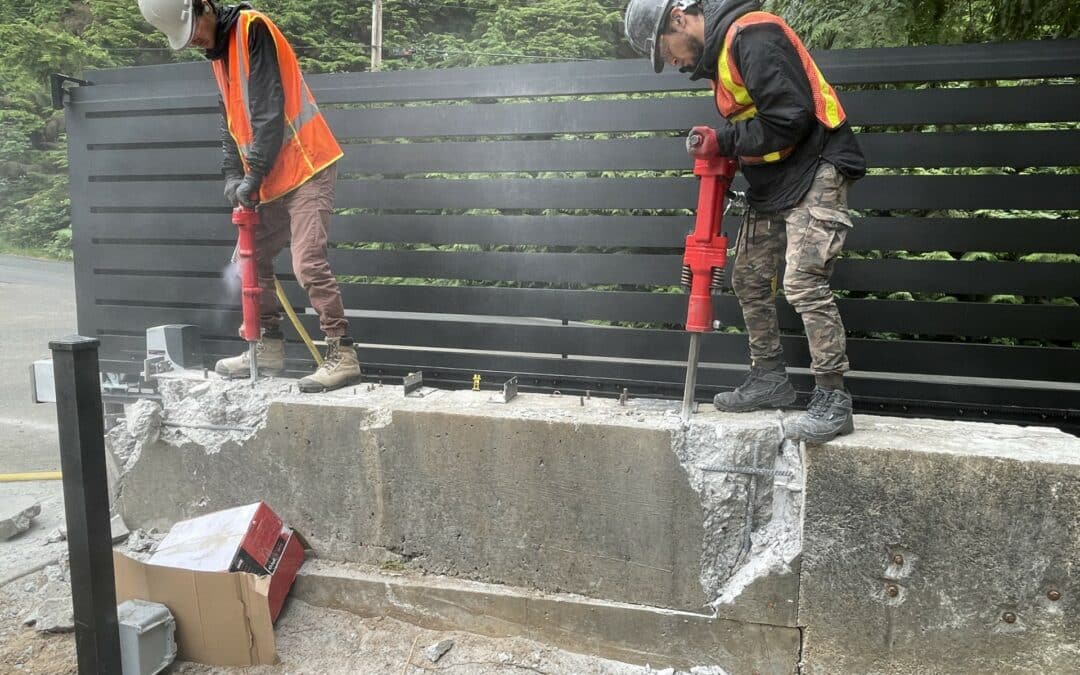
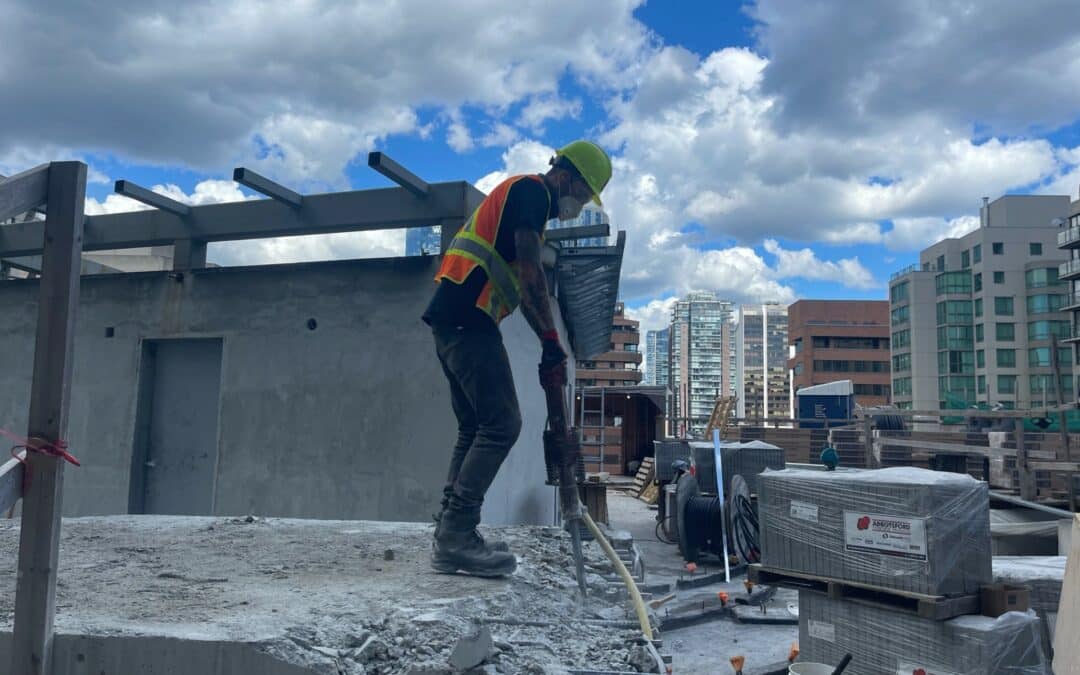
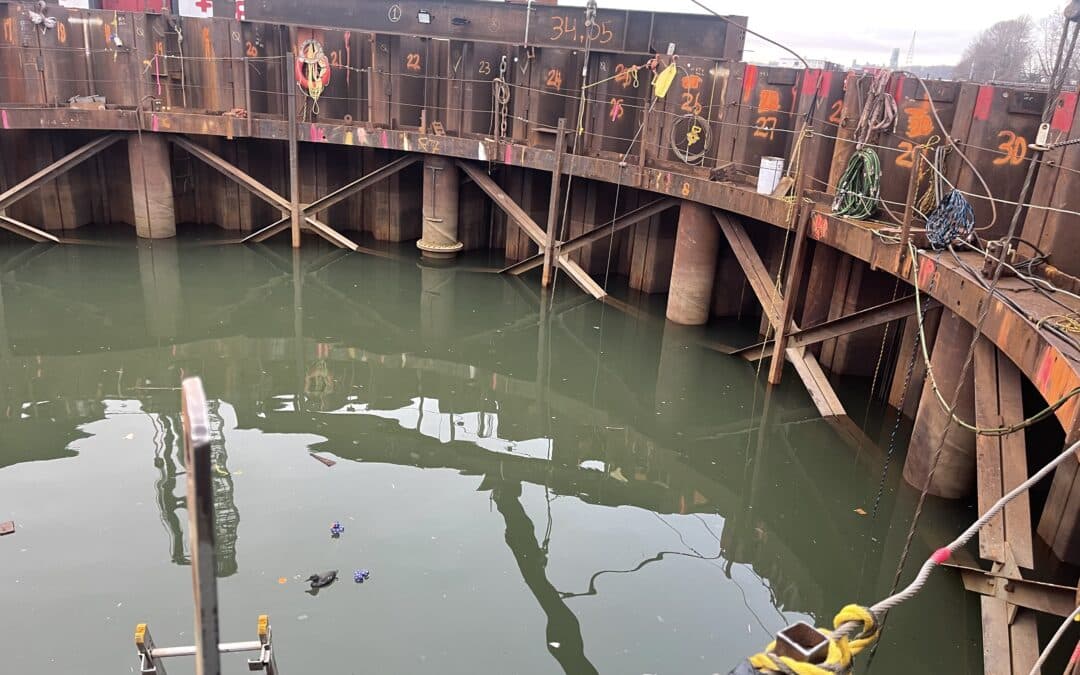
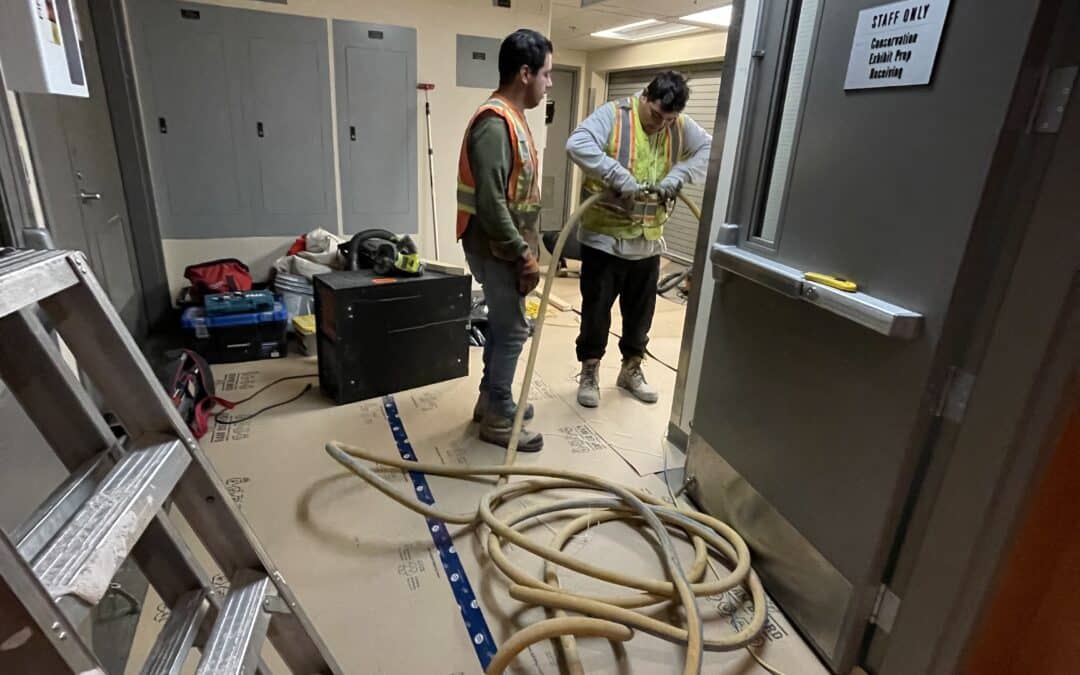
0 Comments